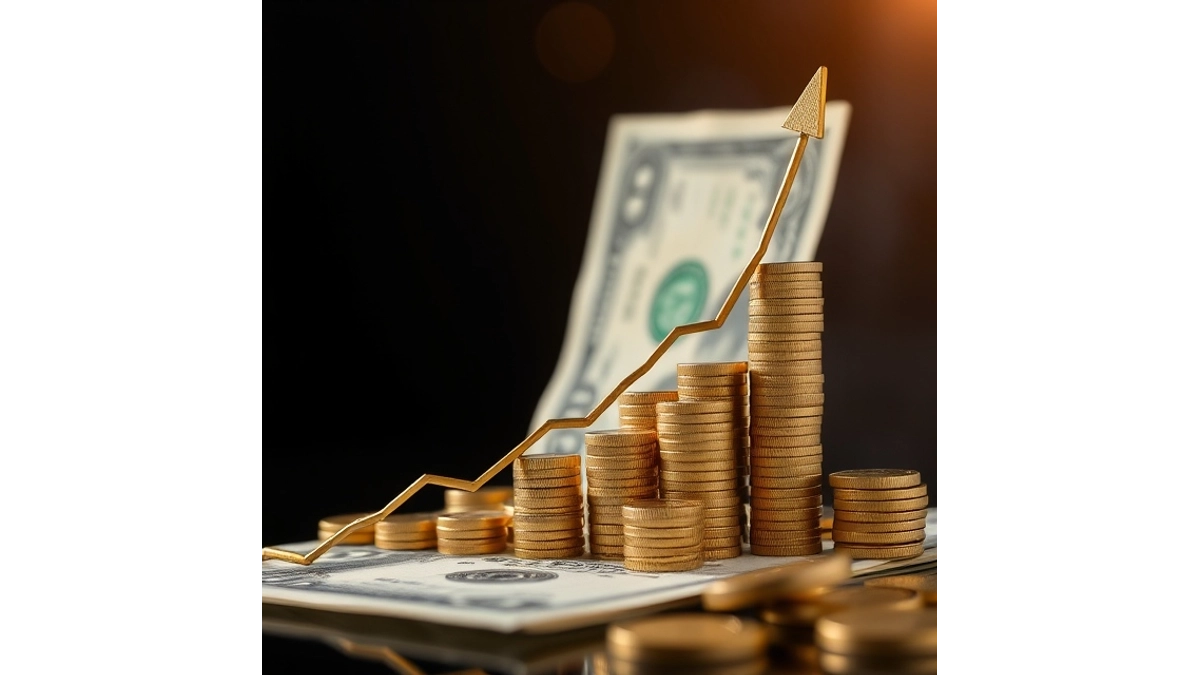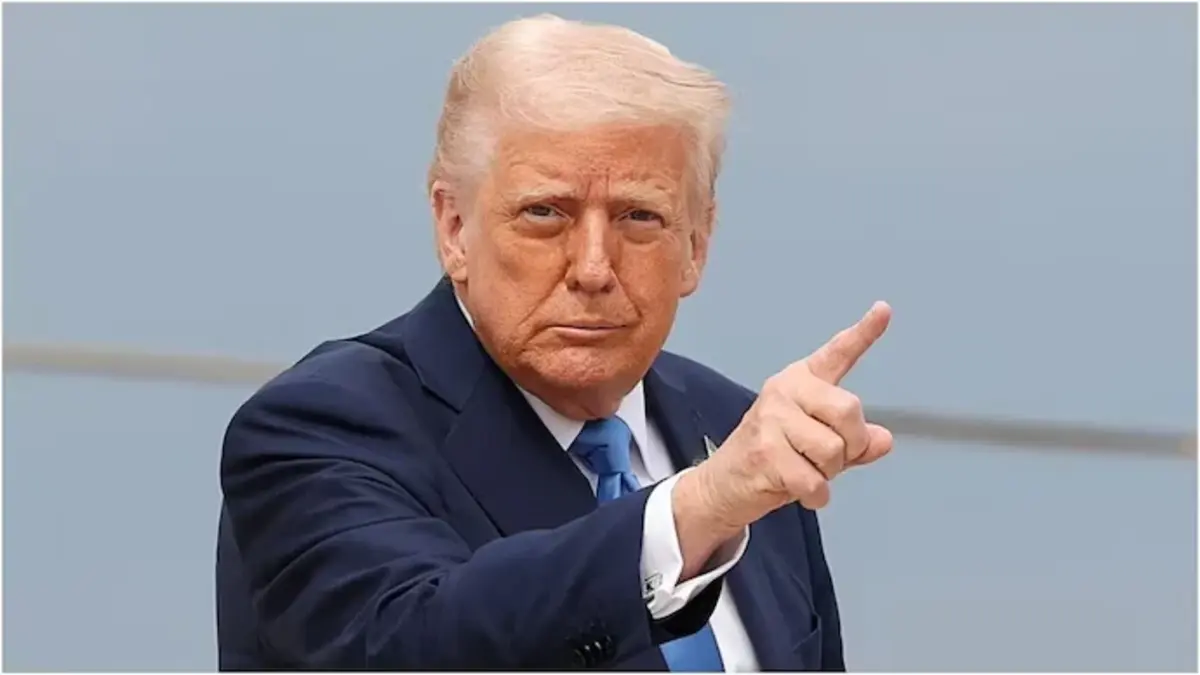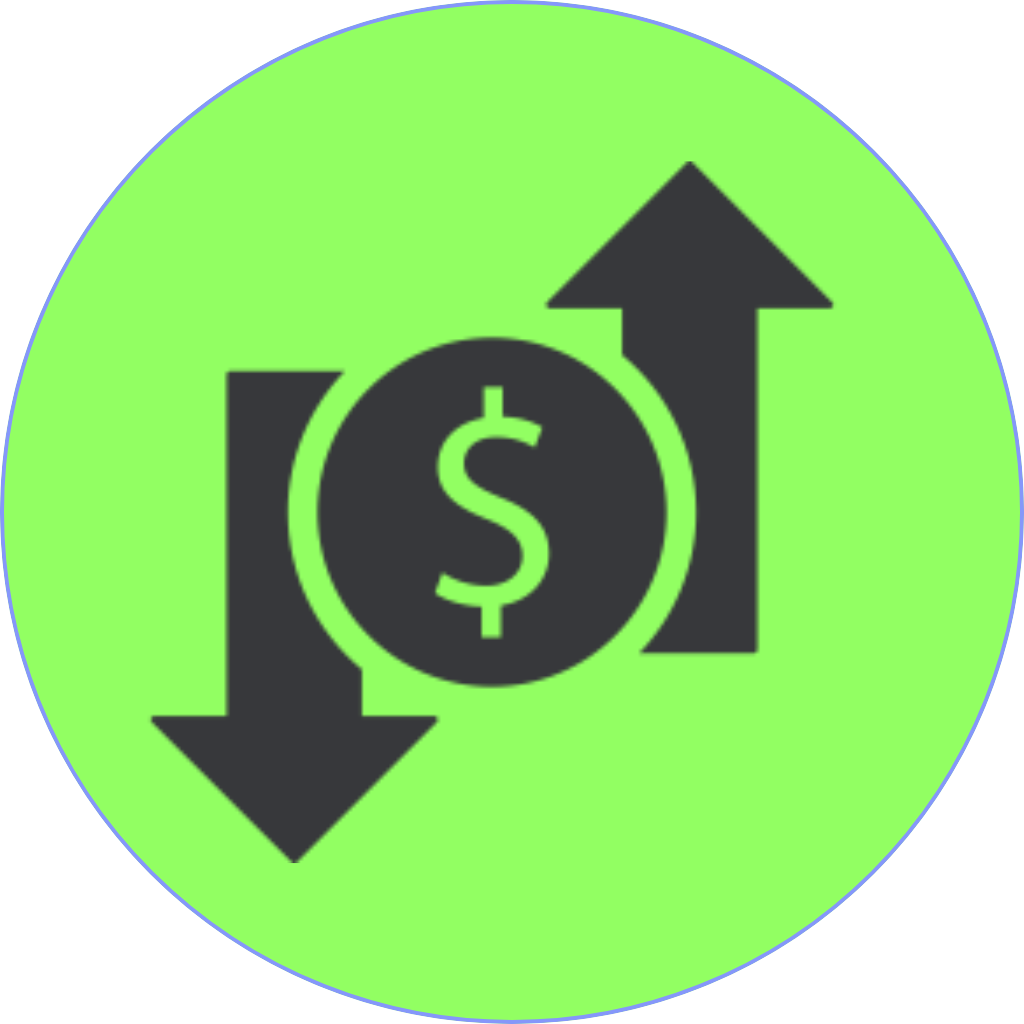The U.S. dollar edged higher on Thursday as traders speculated that the incoming Donald Trump administration would implement policies next year likely to boost U.S. economic growth and drive inflation higher. While trading volumes were lighter due to the holiday season, the anticipation of looser business regulations, tax cuts, and a potential clamp-down on illegal immigration was enough to push the greenback higher.
The dollar’s rise is partly driven by the expectation that these new policies would foster stronger economic performance in the U.S., but there are concerns over their longer-term implications, particularly how they could impact inflation and trade relations with other countries.
READ MORE NEWS
Alibaba and E-Mart Forge Strategic Alliance to Dominate South Korea’s E-Commerce Landscape
Wall Street Rallies Ahead of Christmas: A Rejuvenating Surge Despite Ongoing Inflation Concerns
China’s Anti-Dumping Investigation into EU Brandy Extended Amid Rising Tensions
Nippon Steel’s US Steel Takeover Plan Has Strong Support in U.S. Steelmaking Areas, Executive Says
From Academia to OnlyFans: Zara Dar’s Unconventional Career Shift
U.S. Dollar Edges Higher on Expectations of Growth Boost from Incoming Trump Administration
As the Trump administration prepares to take office, market participants are weighing the potential impacts of proposed policy changes. Analysts expect that lower taxes and fewer regulations on businesses could stimulate growth, which could, in turn, lead to increased inflation pressures. This would likely push the Federal Reserve to consider more interest rate hikes, supporting the U.S. dollar further.
However, there is considerable uncertainty surrounding how these policies will unfold once the new administration takes over, and what their economic impact will truly be. New tariffs on trading partners and immigration restrictions may add to price pressures in the short term, but it remains to be seen whether such policies will be effective in the long run or prove to be a drag on economic growth.
In the short term, this uncertainty has boosted the U.S. dollar against its peers. While analysts have already started pricing in the possibility of additional interest rate cuts from the Federal Reserve in 2024, rising doubts about how many cuts the central bank can implement have added fuel to the dollar’s recent rally.
Dollar Strengthens as Fed Holds Interest Rates and Labor Market Remains Resilient
The Federal Reserve raised its inflation projections for 2025 last week, while cutting its interest rate forecast for next year. The Fed now anticipates that interest rates will be lowered by 50 basis points in 2024, down from an initial forecast of 100 basis points. Money market traders are pricing in 35 basis points of cuts next year, which reflects a less than 50% chance that the Fed will implement a second 25 basis point reduction.
The dollar index was last up 0.13% at 108.25, holding just below a two-year high of 108.54 reached last Friday. This index measures the dollar’s strength against a basket of major currencies, including the euro, Japanese yen, and British pound.
On Thursday, the euro slipped 0.06% to $1.0398, remaining weak after it fell to $1.03435 on Friday, the lowest level since November 22. The greenback also gained 0.31% to 157.89 Japanese yen, marking its highest point since July 17, with its peak at 157.93 yen on Friday.

This strength in the U.S. dollar was further supported by economic data showing that the U.S. labor market remains resilient. Jobless claims fell to their lowest level in a month, signaling that, while the economy is cooling, it remains robust. This suggests that the U.S. economy is not facing a significant slowdown, and further rate cuts may not be immediately necessary.
In addition, data showed that U.S. retail sales increased by 3.8% between November 1 and December 24, reflecting a solid holiday shopping season despite predictions of a highly competitive market. The increase was driven in part by intense promotional activities and last-minute consumer spending. These figures suggest a healthy demand for goods, adding further support to the strength of the dollar.
Bank of Japan’s Outlook and U.S. Dollar’s Global Performance
The Bank of Japan (BoJ) is also closely monitoring inflation expectations. On Wednesday, BoJ Governor Kazuo Ueda stated that Japan’s economy is likely to move closer to sustainably achieving the central bank’s 2% inflation target next year. This has led to speculation that Japan may eventually begin increasing interest rates, though this remains uncertain in the near term.
The BoJ’s stance contrasts with that of the Federal Reserve, which has already signaled potential rate cuts in the coming year. If Japan begins to tighten its monetary policy while the U.S. Federal Reserve continues its more dovish approach, the U.S. dollar could gain further strength against the yen, potentially reaching new highs in the coming months.
The dollar’s performance will likely be shaped by how the global economy and U.S. economic policies evolve in the coming year. President Trump’s administration has hinted at several key changes that could lead to higher inflation and greater economic growth in the U.S., all of which support a stronger dollar in the long term. However, there are also risks involved, particularly if these policies lead to trade disruptions or unintended consequences in the labor market.
A Cautious Outlook for the U.S. Dollar in 2024
While the U.S. dollar has been on an upward trajectory, there is still a considerable amount of caution in the market. Traders and analysts are unsure how the policies of the incoming Trump administration will play out and what their ultimate impact will be. There is also uncertainty surrounding the Federal Reserve’s monetary policy, particularly how much room the central bank has to cut rates without reigniting inflation or destabilizing the economy.
Nonetheless, the current economic environment suggests that the U.S. dollar could continue to outperform its peers in the short term. As the Trump administration implements its policy agenda, it is likely to spur growth, create inflationary pressures, and strengthen the dollar’s position. However, much will depend on the outcome of policy negotiations and the broader economic conditions in the U.S. and abroad.
In conclusion, U.S. Dollar Edges Higher on Expectations of Growth Boost from Incoming Trump Administration is a reflection of the growing optimism surrounding the incoming administration’s policies. Despite uncertainties, the dollar remains in a strong position as traders prepare for a year of potential growth, inflationary pressures, and changes in the Federal Reserve’s approach to monetary policy.









1 thought on “United States Dollar Edges Higher on Expectations of Growth Boost from Incoming Trump Administration”